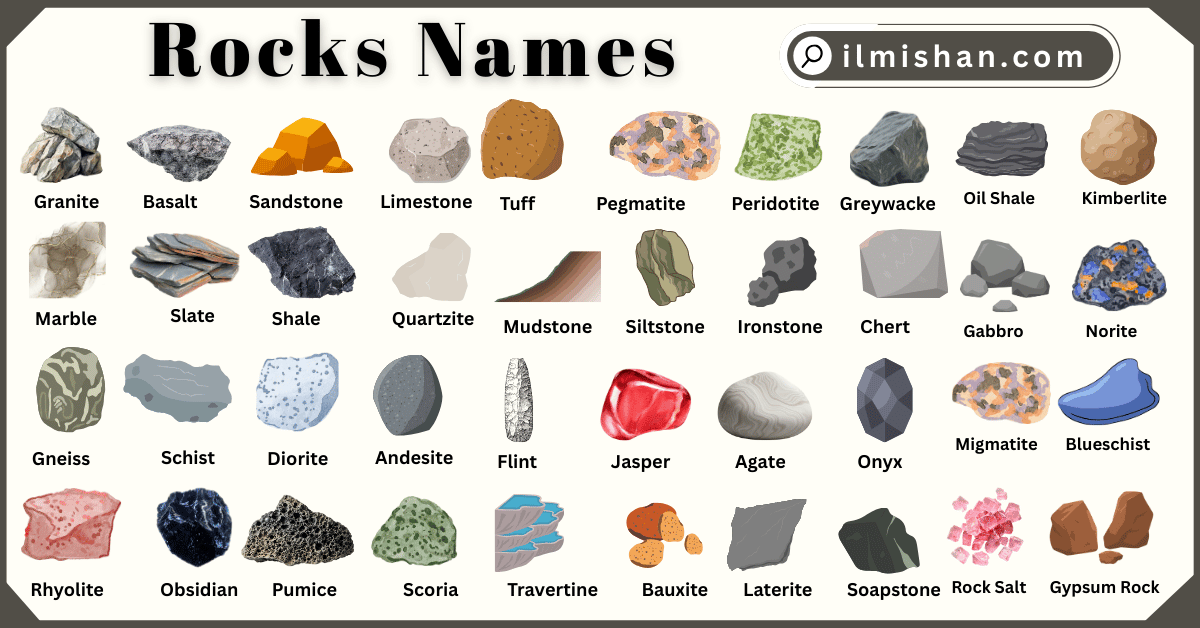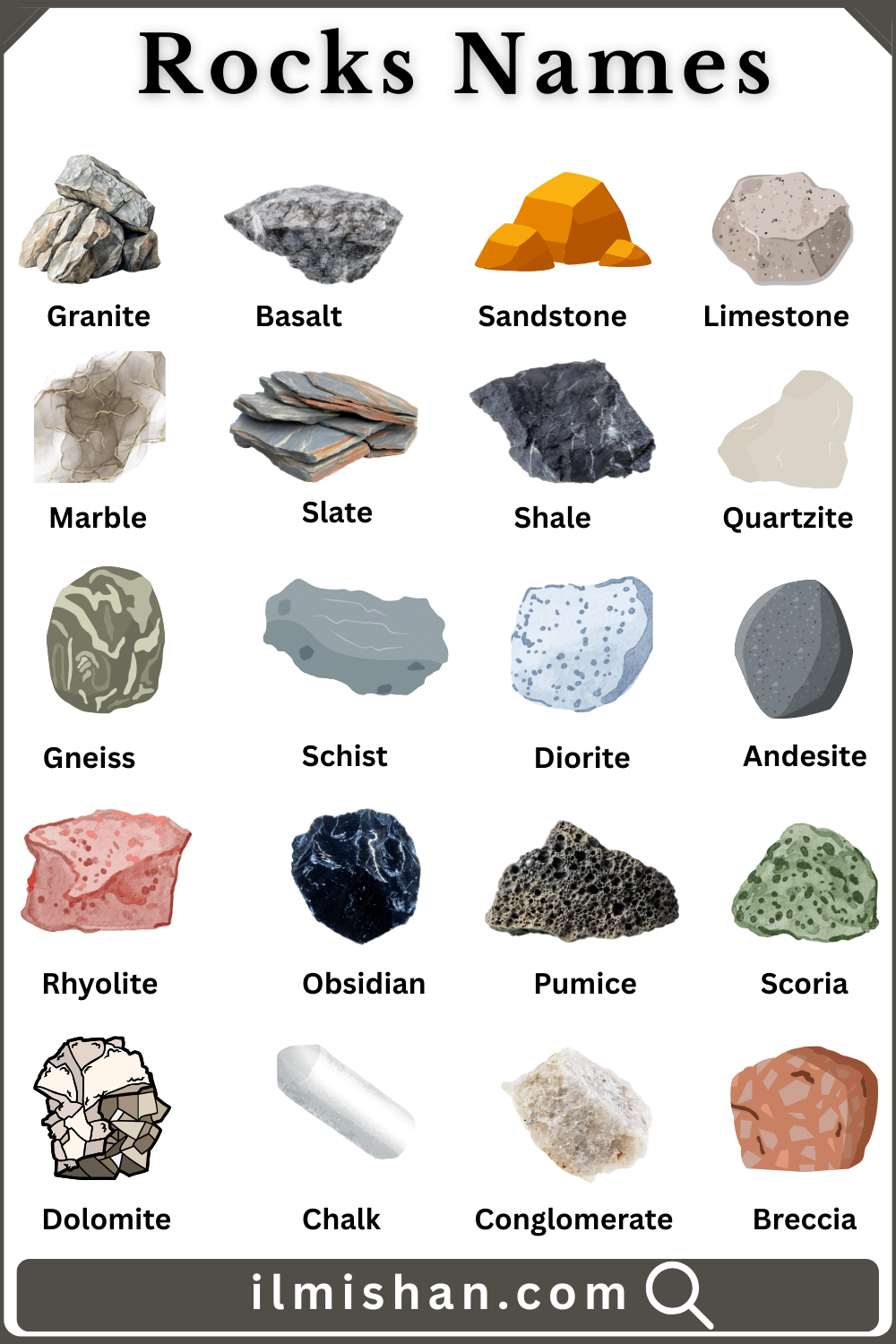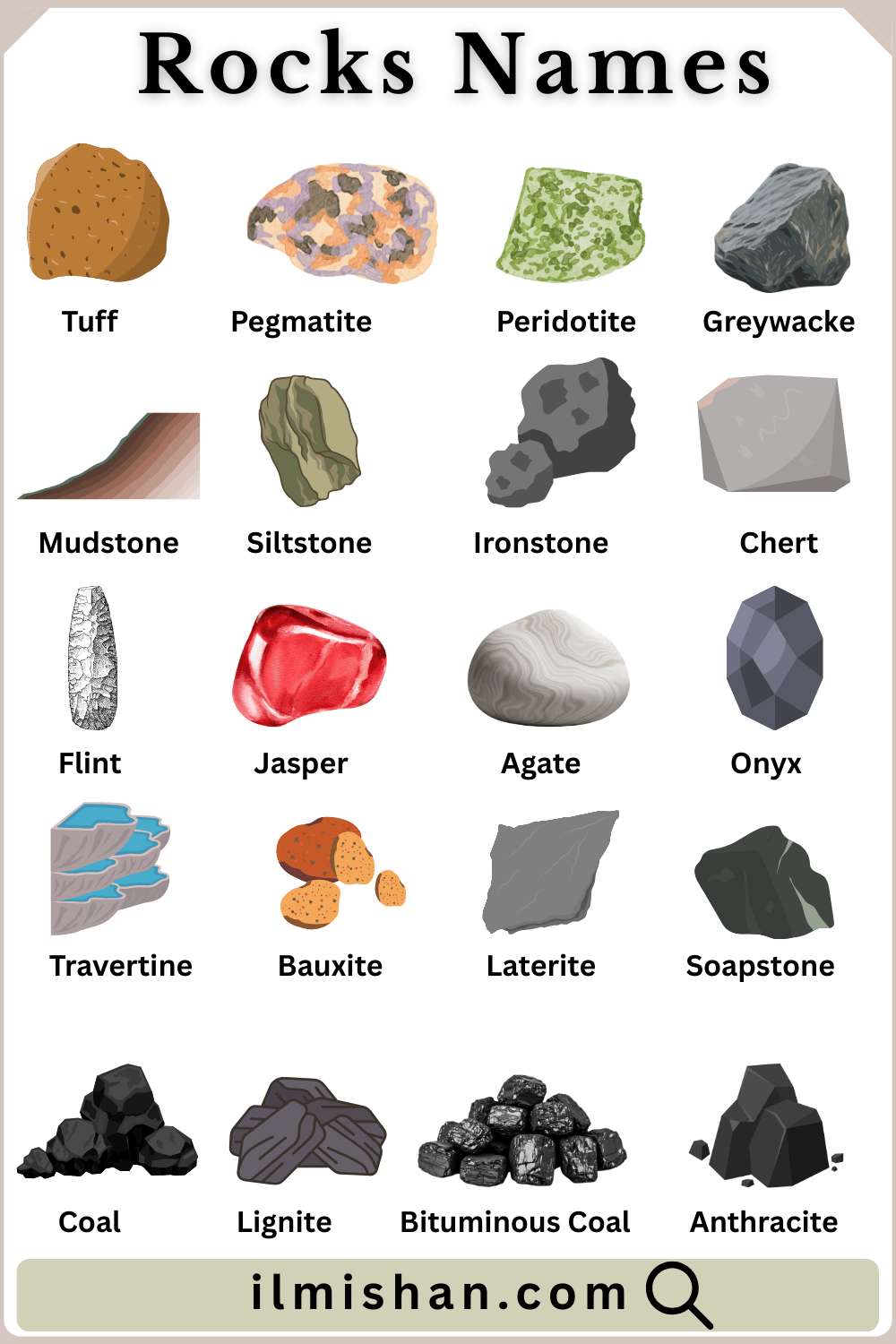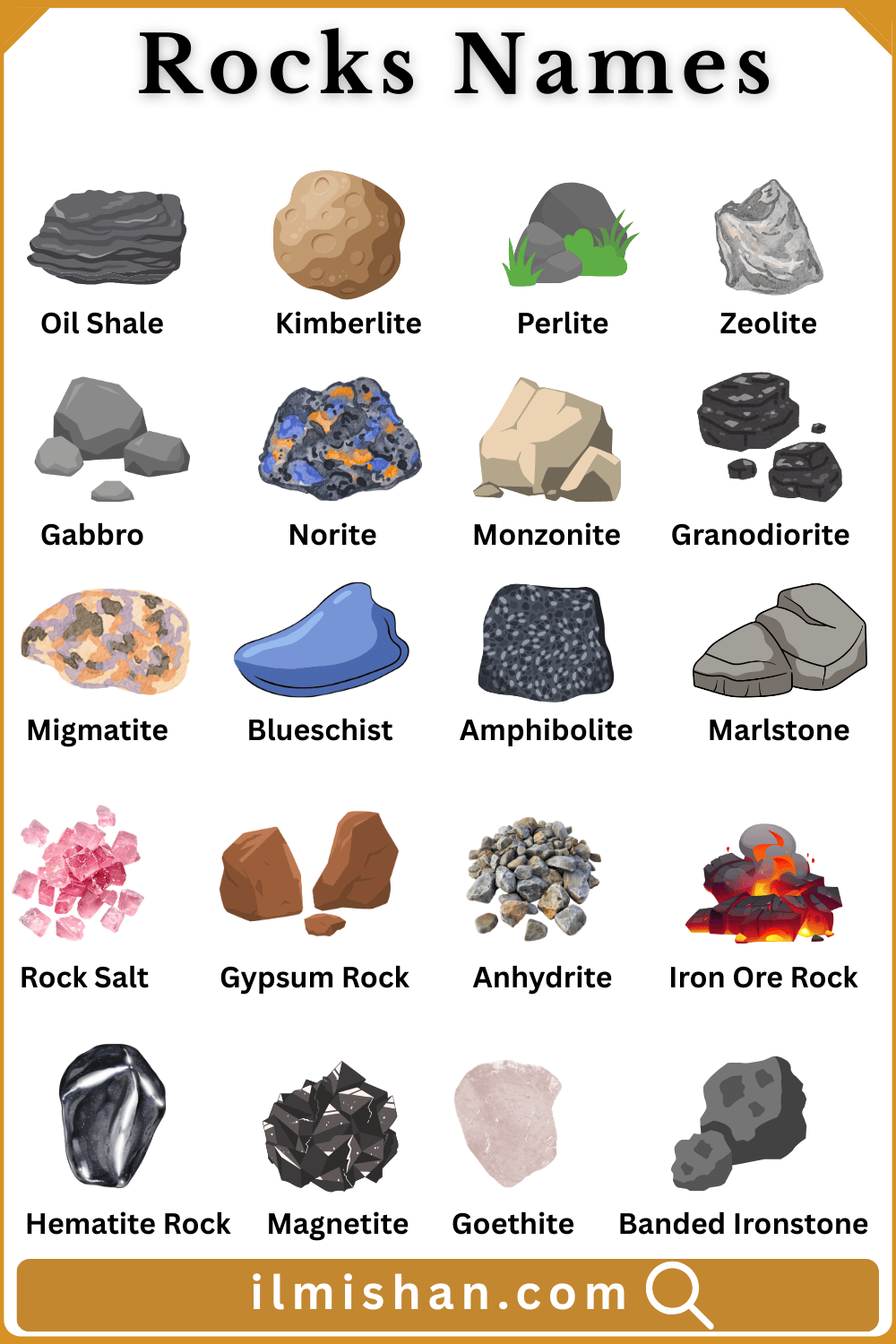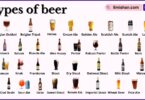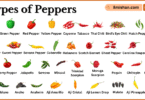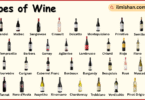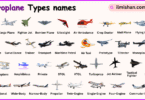Rocks are an important part of the earth and can be found everywhere around us. They are formed in different ways and come in many shapes, colors, and sizes. Each type of rock has its own name and special features that make it unique. Learning the names of rocks in English helps students, learners, and nature lovers understand more about science and the world around them. In this article, we will learn rocks and their names in English with pictures to make learning easy, simple, and interesting.
List of Rocks and their Names in English
- Granite
- Basalt
- Sandstone
- Limestone
- Marble
- Slate
- Shale
- Quartzite
- Gneiss
- Schist
- Diorite
- Andesite
- Rhyolite
- Obsidian
- Pumice
- Scoria
- Dolomite
- Chalk
- Conglomerate
- Breccia
Rocks and their Names in English and Pictures
- Granite
A hard, coarse-grained igneous rock of quartz, feldspar, and mica, formed deep underground. Strong and weather-resistant, it is widely used for countertops, monuments, flooring, and exterior construction.
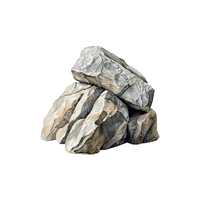
- Basalt
A dark volcanic rock that cools quickly at Earth’s surface. Fine-grained and rich in iron and magnesium, it forms ocean floors, volcanic islands, and many mountain ranges worldwide.
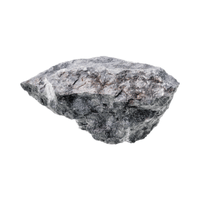
- Sandstone
A sedimentary rock made from compacted sand grains, mainly quartz. Found in deserts, rivers, and beaches, it is valued for building walls, paving, and decorative stonework.
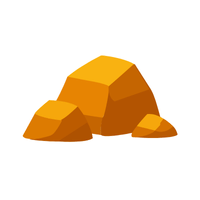
- Limestone
A calcium carbonate rock formed from shells and marine life in warm seas. Important for making cement, building blocks, and neutralizing acidic soils in agriculture.
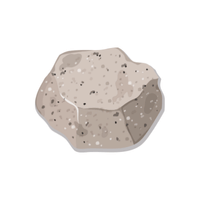
- Marble
A metamorphic rock created when limestone faces intense heat and pressure. Famous for its smooth texture and attractive patterns, it is prized in sculpture, flooring, and architecture.
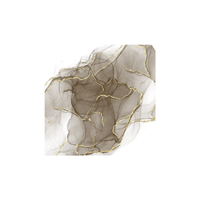
- Slate
A fine-grained metamorphic rock derived from shale. It splits easily into thin sheets, making it ideal for roofing, flooring, and durable blackboards.
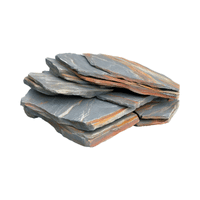
- Shale
A soft, fine sedimentary rock made of compacted clay and silt. It often contains fossils and breaks into thin layers along bedding planes.
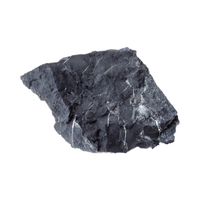
- Quartzite
Extremely hard metamorphic rock formed from sandstone under heat and pressure. Composed mainly of quartz, it resists weathering and is used for decorative stones, countertops, and flooring.
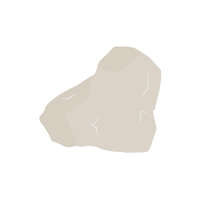
- Gneiss
A banded metamorphic rock produced from granite or sedimentary rocks under high pressure. Recognized by alternating light and dark layers, it is strong and visually attractive for construction.
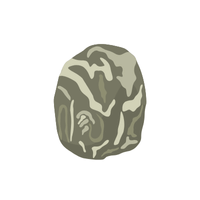
- Schist
A coarse-grained metamorphic rock rich in mica minerals. It splits easily into shiny layers and often sparkles due to abundant glistening crystals.
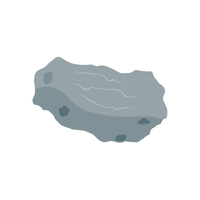
- Diorite
A coarse-grained igneous rock containing feldspar, quartz, and dark minerals. It forms slowly underground and is used for decorative stonework, road building, and construction projects.
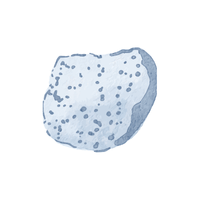
- Andesite
A fine-grained volcanic rock formed from intermediate lava flows. Typically gray or greenish, it is common in volcanic mountain ranges and island arcs.
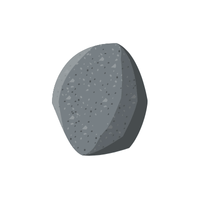
- Rhyolite
A light-colored volcanic rock similar to granite but quickly cooled. Usually fine-textured with small crystals of quartz and feldspar, it forms from high-silica lava.
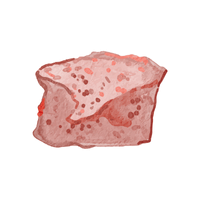
- Obsidian
Natural volcanic glass created when lava cools extremely fast. Smooth, shiny, and dark, it was historically used for cutting tools and decorative items.
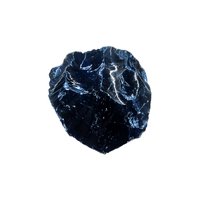
- Pumice
A lightweight volcanic rock full of air pockets created by escaping gas. It floats on water and is used for cleaning, polishing, and lightweight construction materials.
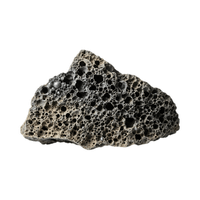
- Scoria
A dark, porous volcanic rock formed when gas-rich lava cools rapidly. Heavier than pumice, it is used for landscaping, drainage layers, and lightweight building aggregates.
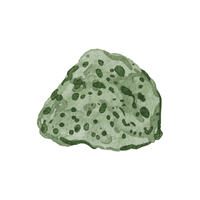
- Dolomite
A sedimentary carbonate rock containing calcium magnesium carbonate. Formed by alteration of limestone, it is used in construction, glass making, and soil treatment to reduce acidity.
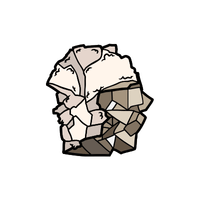
- Chalk
A soft, white limestone made of tiny marine shells. Easily crumbles for writing, enriches soil, and forms distinctive coastal cliffs in many regions.
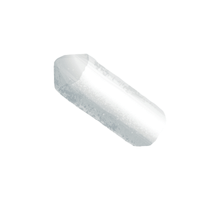
- Conglomerate
A sedimentary rock of rounded pebbles cemented together. Found in ancient riverbeds or beaches, it shows colorful textures and is used decoratively in buildings.
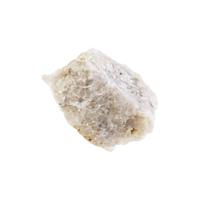
- Breccia
A sedimentary rock composed of sharp, angular fragments cemented together. It forms near fault zones, landslides, or volcanic eruptions and displays striking patterns.
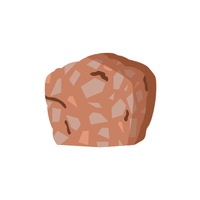
60 Rock Name in English
- Tuff
- Pegmatite
- Peridotite
- Greywacke
- Mudstone
- Siltstone
- Ironstone
- Chert
- Flint
- Jasper
- Agate
- Onyx
- Travertine
- Bauxite
- Laterite
- Soapstone
- Coal
- Lignite
- Bituminous Coal
- Anthracite
Rocks Names in English and their Pictures
- Tuff
A light volcanic rock formed from compacted ash and debris during explosive eruptions. Soft and easily carved, it is commonly used for building blocks and decorative stonework.
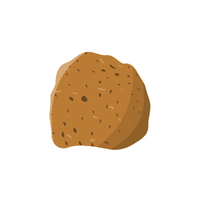
- Pegmatite
An igneous rock with extremely large crystals of quartz, feldspar, and mica. It forms from slow-cooling magma and often contains rare gemstones and valuable mineral deposits.
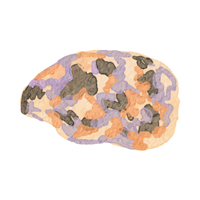
- Peridotite
A dense, dark-green ultramafic igneous rock rich in olivine and pyroxene. Originating deep within Earth’s mantle, it is the main natural source of diamonds and valuable minerals.
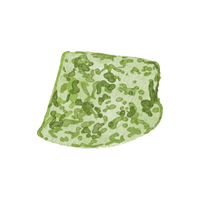
- Greywacke
A hard, dark-gray sandstone composed of quartz, feldspar, and rock fragments. It forms in deep marine environments and shows a gritty, poorly sorted texture ideal for construction.
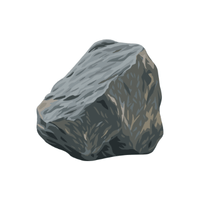
- Mudstone
A fine-grained sedimentary rock created by compacted mud and clay. Smooth and strong, it often preserves ancient fossils of plants or small marine creatures in its layers.

- Siltstone
A sedimentary rock made of fine silt particles finer than sand but coarser than clay. It forms in calm waters such as lakes, river deltas, and floodplains.
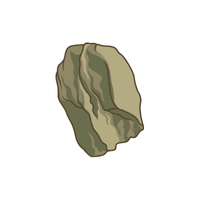
- Ironstone
A sedimentary rock rich in iron minerals like hematite or magnetite. Often red or brown, it historically served as an important natural source of iron ore for smelting.
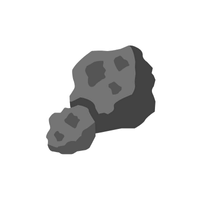
- Chert
A very hard, microcrystalline quartz rock breaking with sharp edges. Found as nodules in limestone, it was historically used for arrowheads, cutting tools, and spark-producing stones.
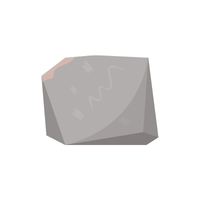
- Flint
A dark variety of chert with a glassy appearance and sharp fracture. It forms in chalk or limestone beds and produces sparks when struck against steel.
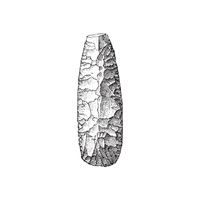
- Jasper
An opaque, colorful quartz variety, often red, yellow, or green. It forms from silica-rich fluids and is polished for jewelry, beads, carvings, and decorative objects.
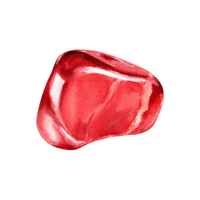
- Agate
A banded, translucent type of chalcedony quartz. It develops in volcanic cavities and displays striking layered patterns, making it popular for ornaments and gemstone carvings.
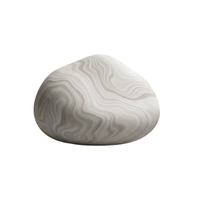
- Onyx
A layered chalcedony quartz showing parallel bands of contrasting colors. Prized for decorative tiles, carvings, and fine jewelry due to its striking natural beauty and smooth texture.
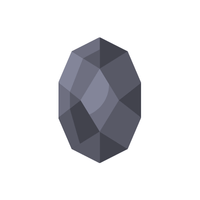
- Travertine
A form of limestone deposited by mineral-rich hot springs or caves. Its porous texture and earthy colors make it ideal for flooring, wall cladding, and decorative architecture.
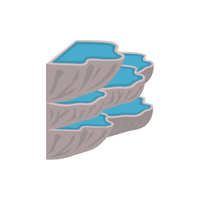
- Bauxite
A sedimentary rock and primary ore of aluminum. It forms in tropical climates through intense weathering of aluminum-bearing rocks and is essential for producing aluminum metal.
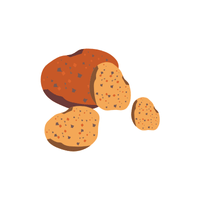
- Laterite
A reddish, iron- and aluminum-rich soil rock formed in warm, wet climates. It hardens when exposed to air and is used for bricks, road material, and ore extraction.
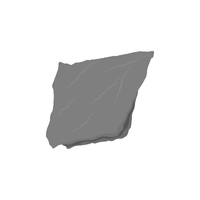
- Soapstone
A soft metamorphic rock rich in talc, giving a smooth, soapy feel. It resists heat and is ideal for countertops, carvings, fireplaces, and laboratory table surfaces.
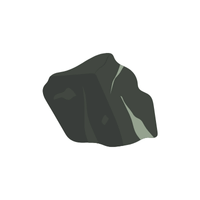
- Coal
A combustible sedimentary rock formed from ancient plant remains. Rich in carbon, it burns for energy and is widely used to generate electricity and produce industrial heat.
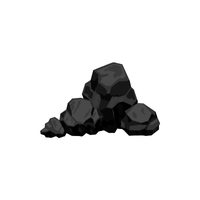
- Lignite
A brown, low-grade coal with high moisture content. Formed from compressed peat, it is mainly used for electricity generation near mining areas due to its lower heating value.
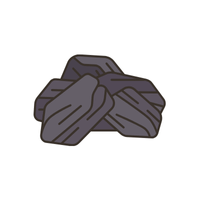
- Bituminous Coal
A black, mid-grade coal with high carbon and energy content. It burns hotter than lignite and is used for power generation, industrial heating, and steel manufacturing.
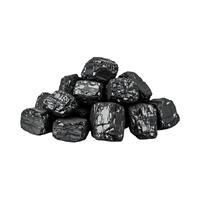
- Anthracite
The highest-grade coal with a hard, shiny surface and very high carbon content. It burns cleanly and efficiently, producing intense heat with minimal smoke or impurities.
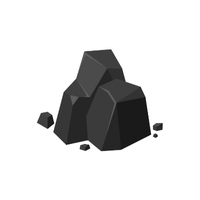
Common Rock Name in English
- Oil Shale
- Kimberlite
- Perlite
- Zeolite
- Gabbro
- Norite
- Monzonite
- Granodiorite
- Migmatite
- Blueschist
- Amphibolite
- Marlstone
- Rock Salt
- Gypsum Rock
- Anhydrite
- Iron Ore Rock
- Hematite Rock
- Magnetite Rock
- Goethite Rock
- Banded Ironstone
Rocks and their Names and their Pictures
- Oil Shale
Fine-grained sedimentary rock rich in kerogen, an organic material that releases oil and gas when heated. It is an alternative energy source found in ancient lakebeds and marine deposits.
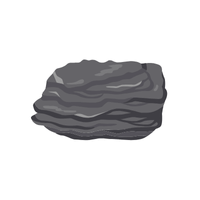
- Kimberlite
Rare, coarse-grained igneous rock originating deep in Earth’s mantle. It forms volcanic pipes and is the world’s primary natural source of diamonds and other valuable mantle minerals.
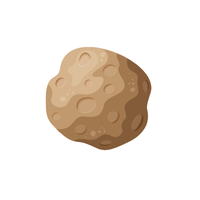
- Perlite
Volcanic glass rock containing high water content. When rapidly heated, it expands into lightweight, porous granules widely used in gardening soils, insulation, construction materials, and filtration systems.
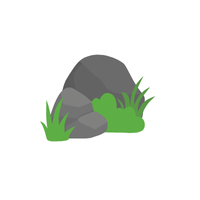
- Zeolite
Porous volcanic rock of hydrated aluminosilicates. Excellent for absorbing water and gases, it is used in water purification, odor control, pet litter, industrial filtration, and chemical processes.
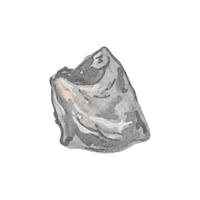
- Gabbro
Dark, coarse-grained intrusive igneous rock rich in plagioclase feldspar and pyroxene. It forms deep underground and is commonly used as crushed stone, countertops, tiles, and decorative construction material.
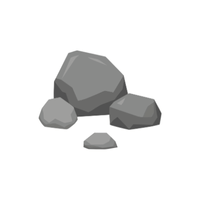
- Norite
Dark, coarse-grained igneous rock composed mainly of plagioclase and orthopyroxene. Found in layered intrusions, it is mined for nickel, copper, platinum, and used as decorative dimension stone.
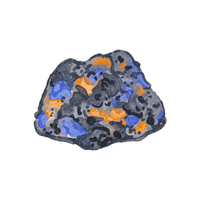
- Monzonite
Medium- to coarse-grained intrusive igneous rock with roughly equal plagioclase and alkali feldspar. Durable and attractive, it is quarried for building facades, paving stones, and decorative architectural projects.
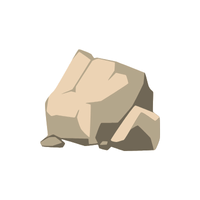
- Granodiorite
Intrusive igneous rock similar to granite but richer in plagioclase feldspar. Strong and appealing, it is widely used for monuments, flooring, building facades, and polished interior surfaces.
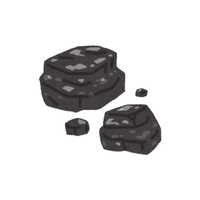
- Migmatite
Mixed metamorphic rock showing both igneous and metamorphic features. Created by partial melting under extreme heat and pressure, it displays dramatic light-and-dark banding prized for countertops and decorative panels.
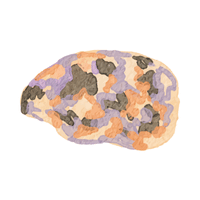
- Blueschist
Bluish metamorphic rock formed at subduction zones under high pressure and low temperature. Contains glaucophane and other blue minerals, indicating deep-ocean crust origins and tectonic plate movement.
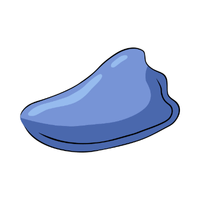
- Amphibolite
Dark, heavy metamorphic rock composed mainly of amphibole and plagioclase. It forms when basalt or gabbro experiences intense heat and pressure, creating tough material used for construction aggregates and stone.
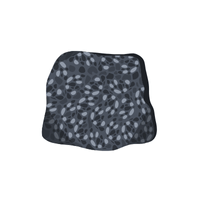
- Marlstone
Sedimentary rock of clay and calcium carbonate formed in marine environments. Soft and earthy, it is valuable for cement manufacturing, soil conditioning, and agricultural lime applications.
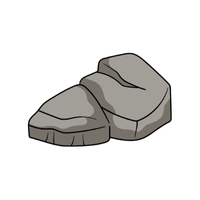
- Rock Salt
Crystalline sedimentary rock of halite (sodium chloride) formed from evaporating salty water. Mined for table salt, de-icing roads, food preservation, and various chemical industry uses.
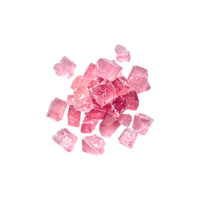
- Gypsum Rock
Soft, white or gray sedimentary rock made of calcium sulfate dihydrate. Important for plaster, drywall, fertilizers, and forms naturally in evaporating saline lakes or marine basins.
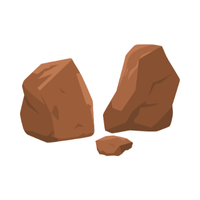
- Anhydrite
Evaporite mineral rock of anhydrous calcium sulfate. Formed when seawater evaporates, it is used in cement, soil treatment, plaster, and as an industrial chemical source.
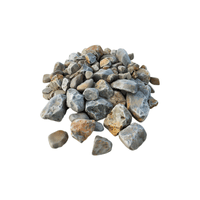
- Iron Ore Rock
Naturally occurring rock rich in iron minerals such as hematite or magnetite. Mined worldwide to extract iron, essential for making steel, tools, machinery, and construction materials.
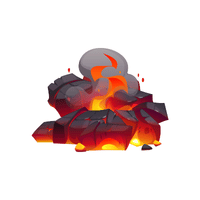
- Hematite Rock
Iron oxide-rich rock with reddish-brown to black color. Major iron ore source for steel production and responsible for red soils and natural pigments used in paints.
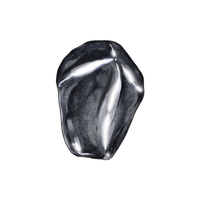
- Magnetite Rock
Dense, black iron oxide rock strongly magnetic in nature. Valuable iron ore and useful for navigation studies, magnetic applications, and steel manufacturing industries.
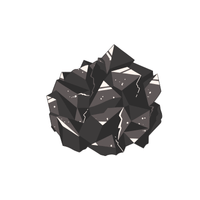
- Goethite Rock
Brownish iron oxide-hydroxide rock forming in soils and bogs. Important iron ore and natural pigment source, historically used to produce earthy brown and yellow paint colors.
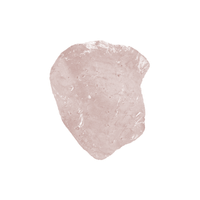
- Banded Ironstone
Layered sedimentary rock alternating iron-rich minerals and silica. Ancient and strikingly striped, it records early Earth oxygenation and remains a major iron ore resource for steelmaking.
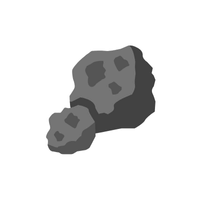
Learn more helpful articles

